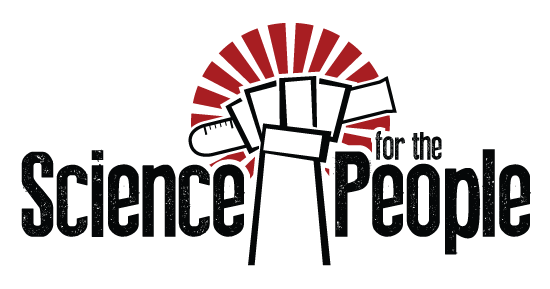Batteries #443
October 13, 2017

This week on Science for the People we take a deep dive into modern batteries: how they work now and how they might work in the future. We speak with Gerbrand Ceder from UC Berkeley, about the most commonly used batteries today, how they work, and how they could work better. And we talk with Kathryn Toghill, electrochemist from Lancaster University, about redox flow batteries and how they could help make our power grids more sustainable.
Guests:
- Gerbrand Ceder
- Kathryn Toghill
Guest Bios
Gerbrand Ceder
Gerbrand Ceder is The Chancellor's Professor of Materials Science and Engineering at UC Berkeley. Before moving to California he was a Professor in Materials Science at the Massachusetts Institute of Technology between 1991 and 2015. His research interests lie in materials design through first-principles computations and selected experiments. He has developed methods for high-throughput computation and integrates data mining and statistical learning in materials science. Current interests include nucleation and formation of materials and metastability. He has published over 350 scientific papers, and holds several U.S. patents. He has served on MIT's Energy Council as well as on several DOE committees, including the workgroup preparing the Basic Needs for Electrical Energy Storage report, and has advised the government's Office of Science and Technology Policy on the role of computation in materials development, leading to the Materials Genome Initiative. He is a Fellow of the Materials Research Society and a member of the National Academy of Engineering and the Royal Flemish Academy of Belgium for Sciences and the Arts. He is a co-founder of Computational Modeling Consultants, Pellion Technologies, and The Materials Project.
Kathryn Toghill
Dr Kathryn Toghill is an electrochemist and lecturer in the chemistry department at Lancaster University in the UK. Her research focuses on finding a way to implement a long-term and sustainable global energy economy is a key challenge of the 21st century. Her research aims to further harness intermittent wind and solar power by developing flexible, low-cost electrochemical energy storage systems (i.e. redox flow batteries), and explore electrochemical CO2 reduction to synthetic fuels. Her focus is on using low cost, environmentally friendly materials that have real world, long-term potential as viable energy carriers in the future global energy network.





